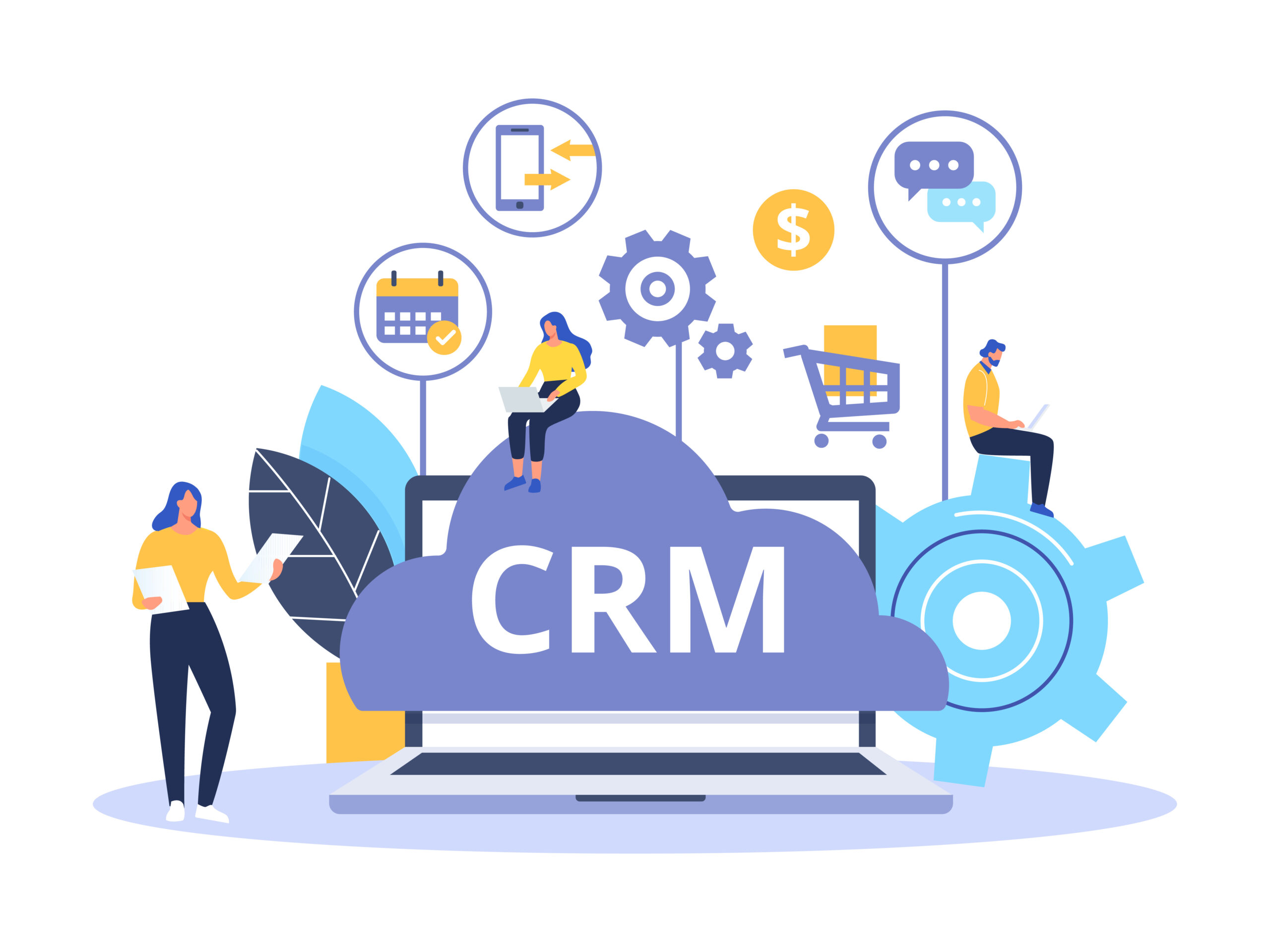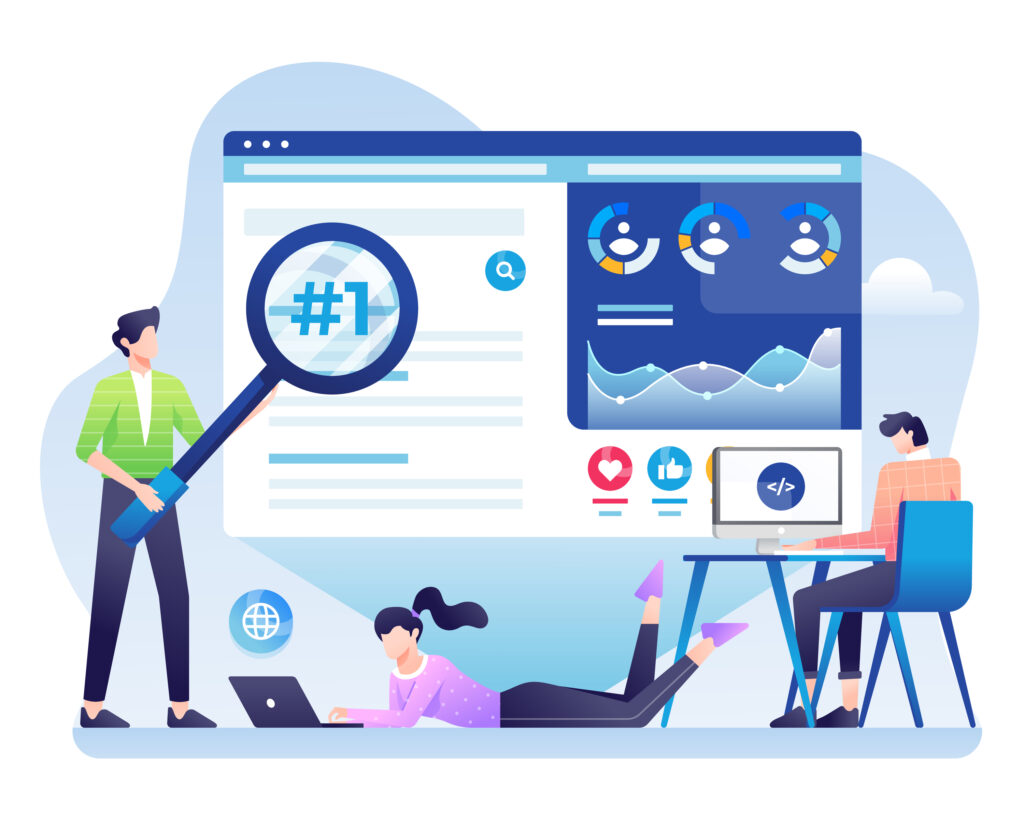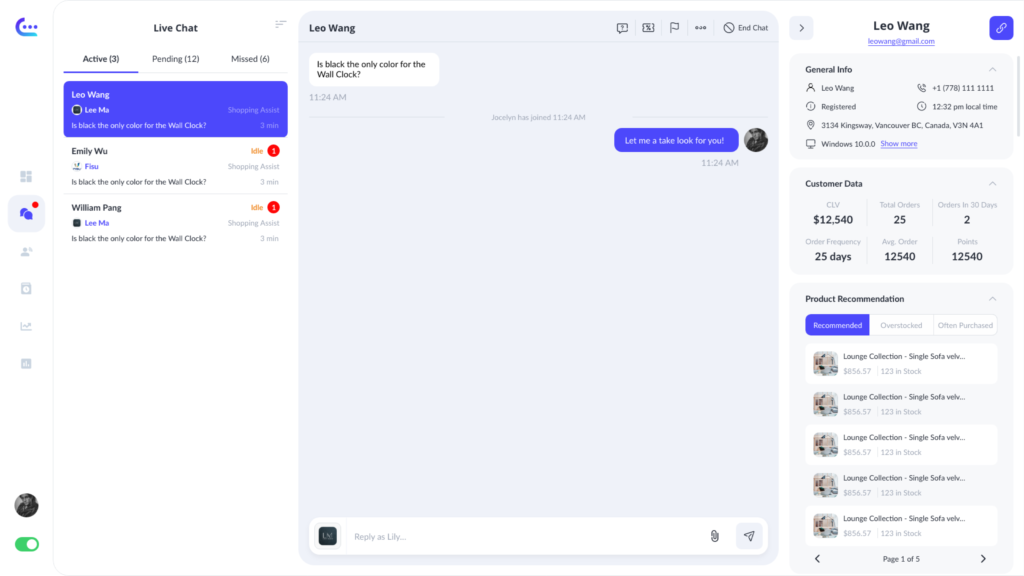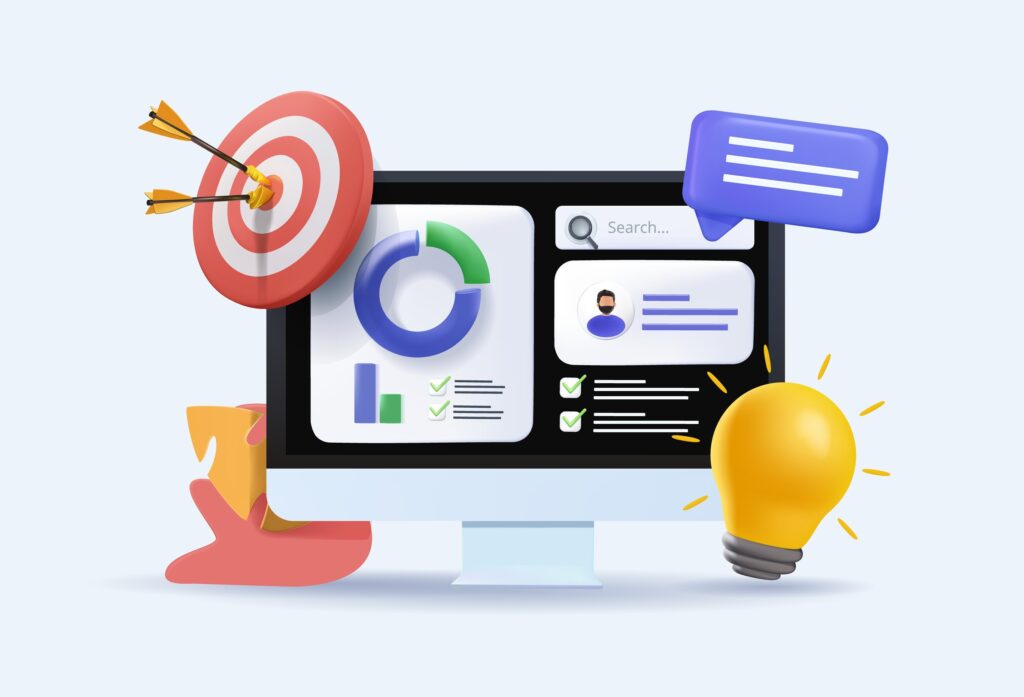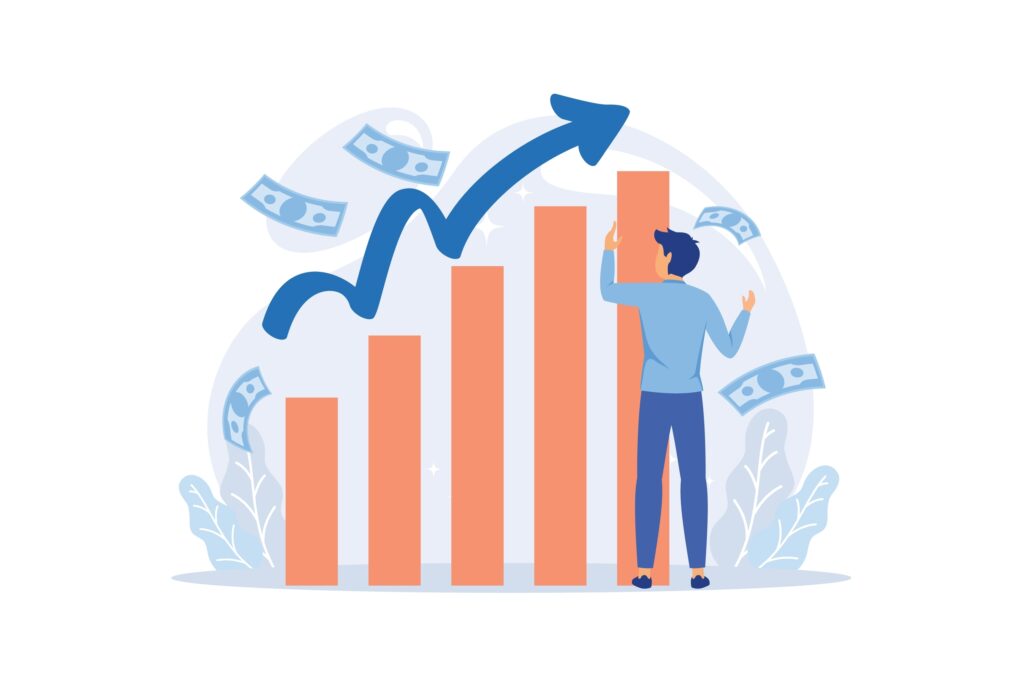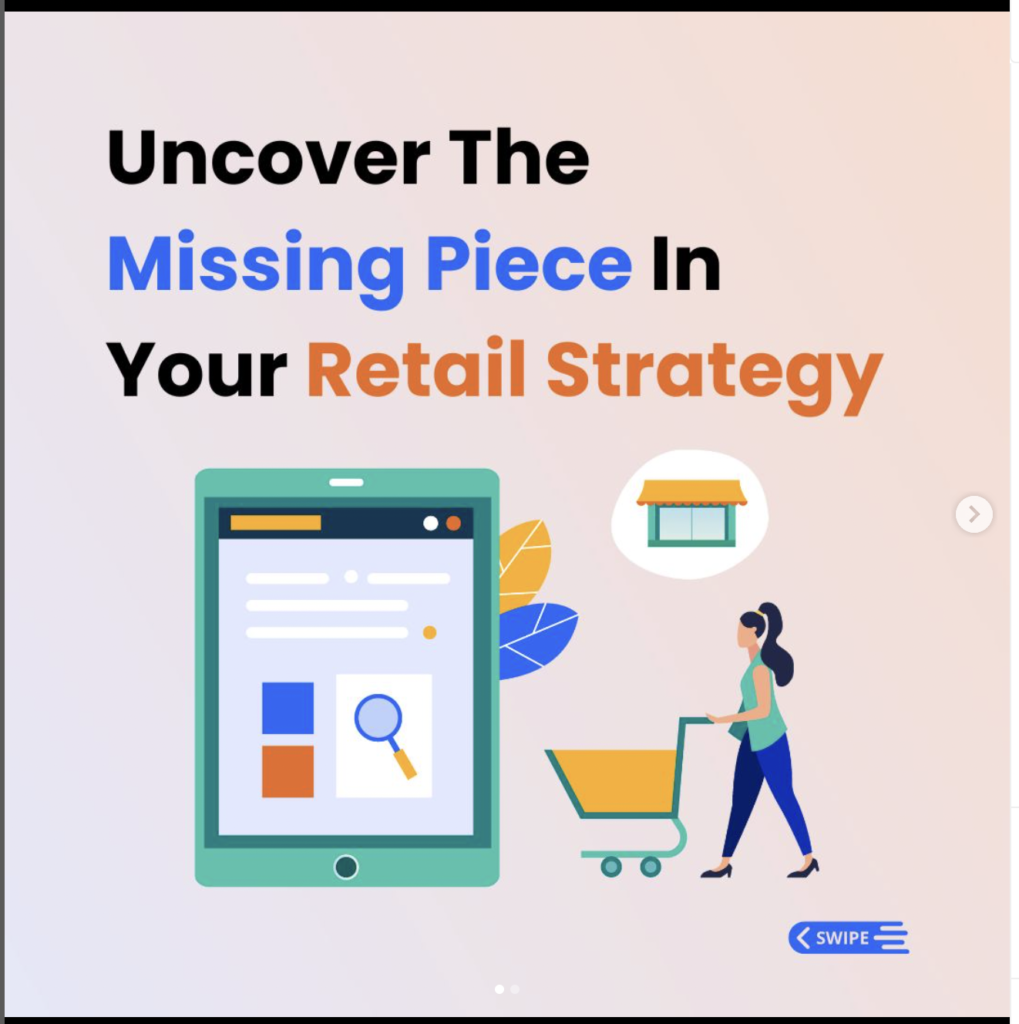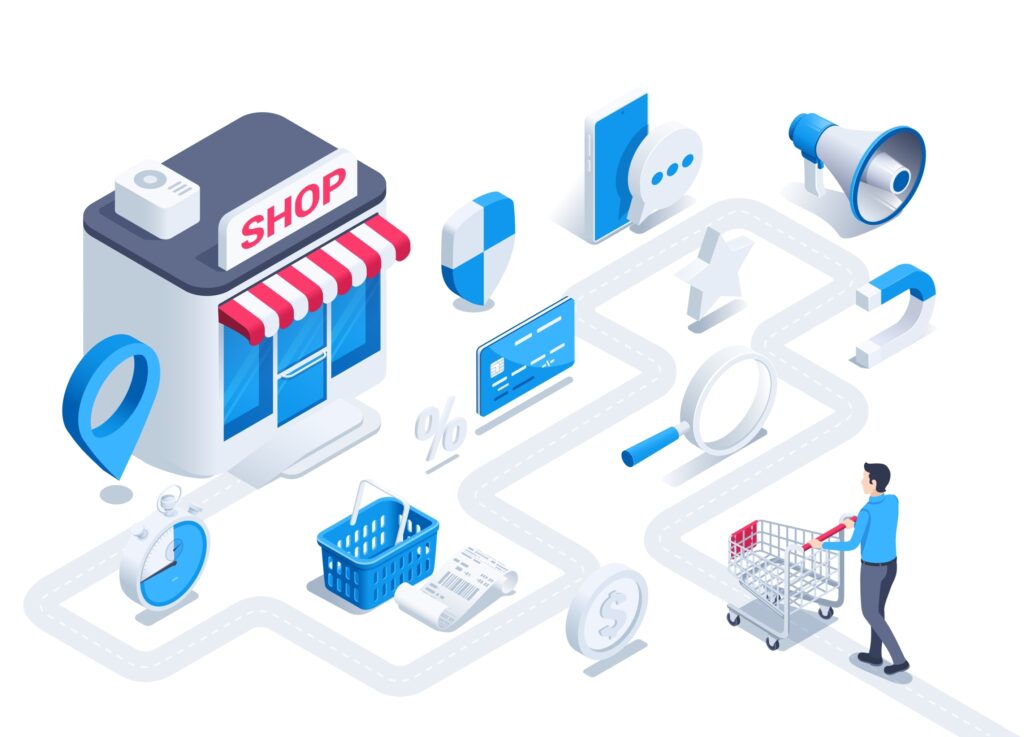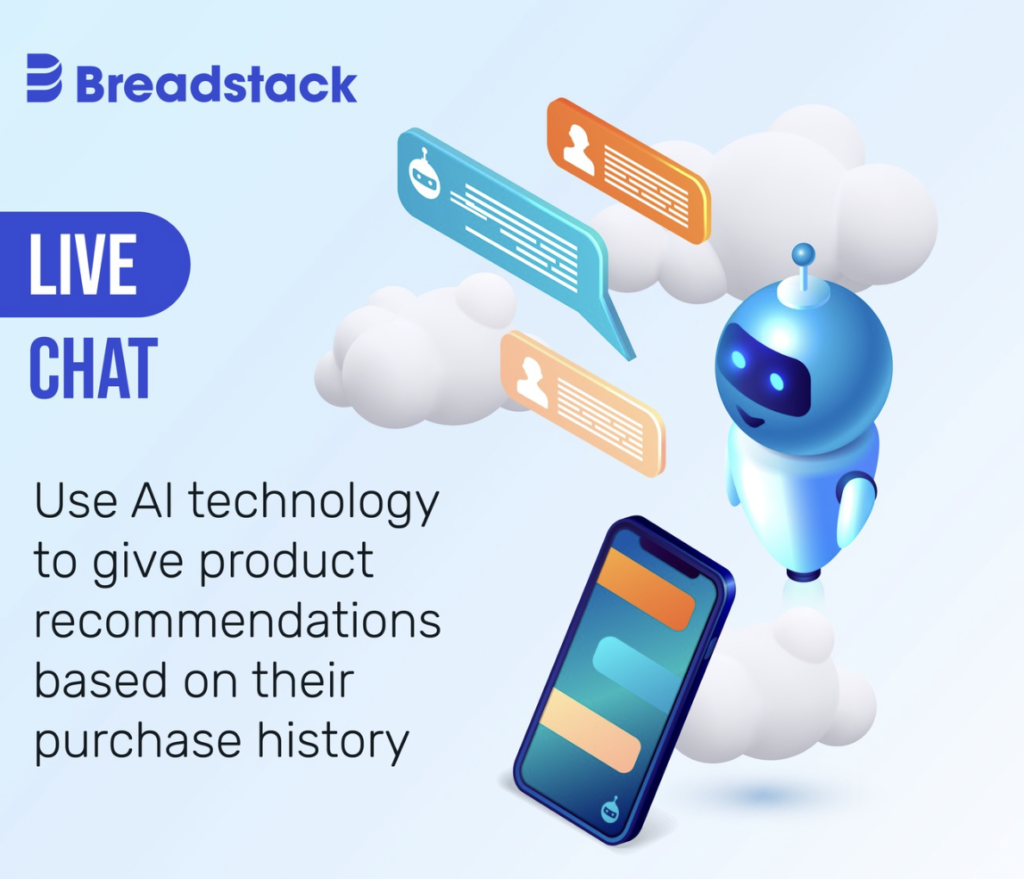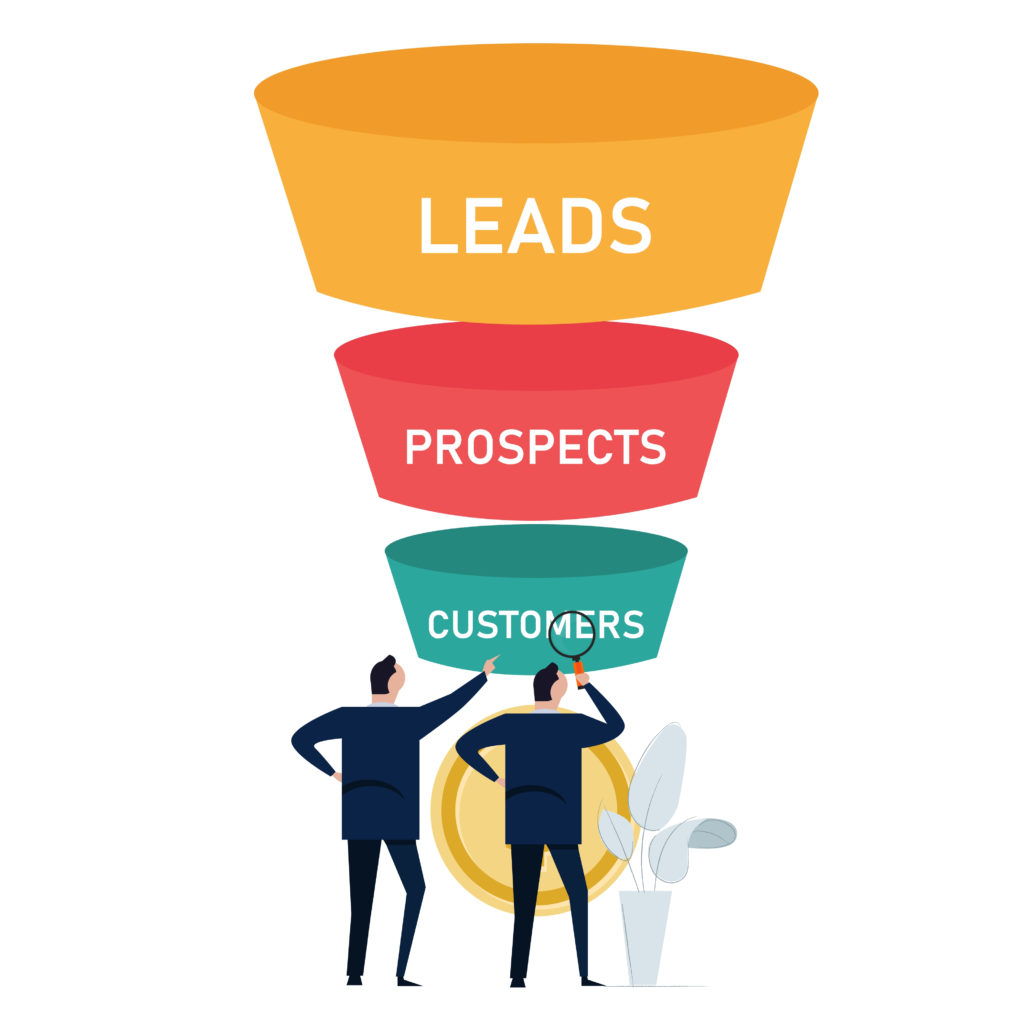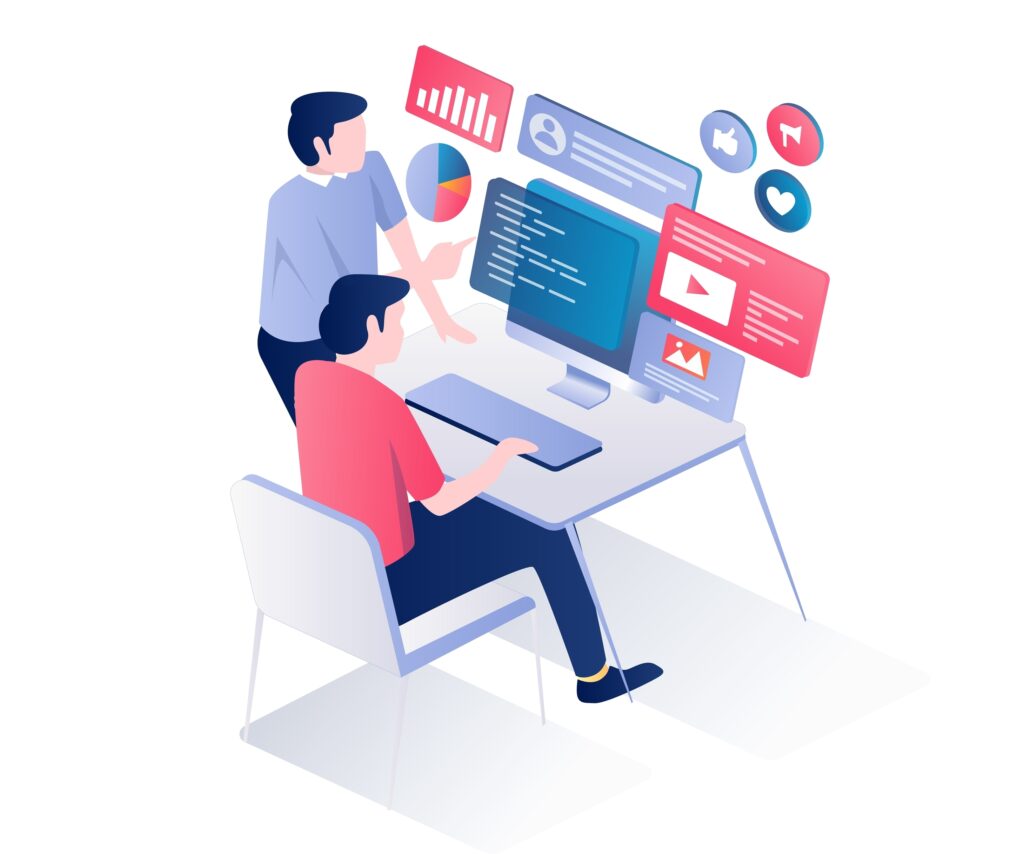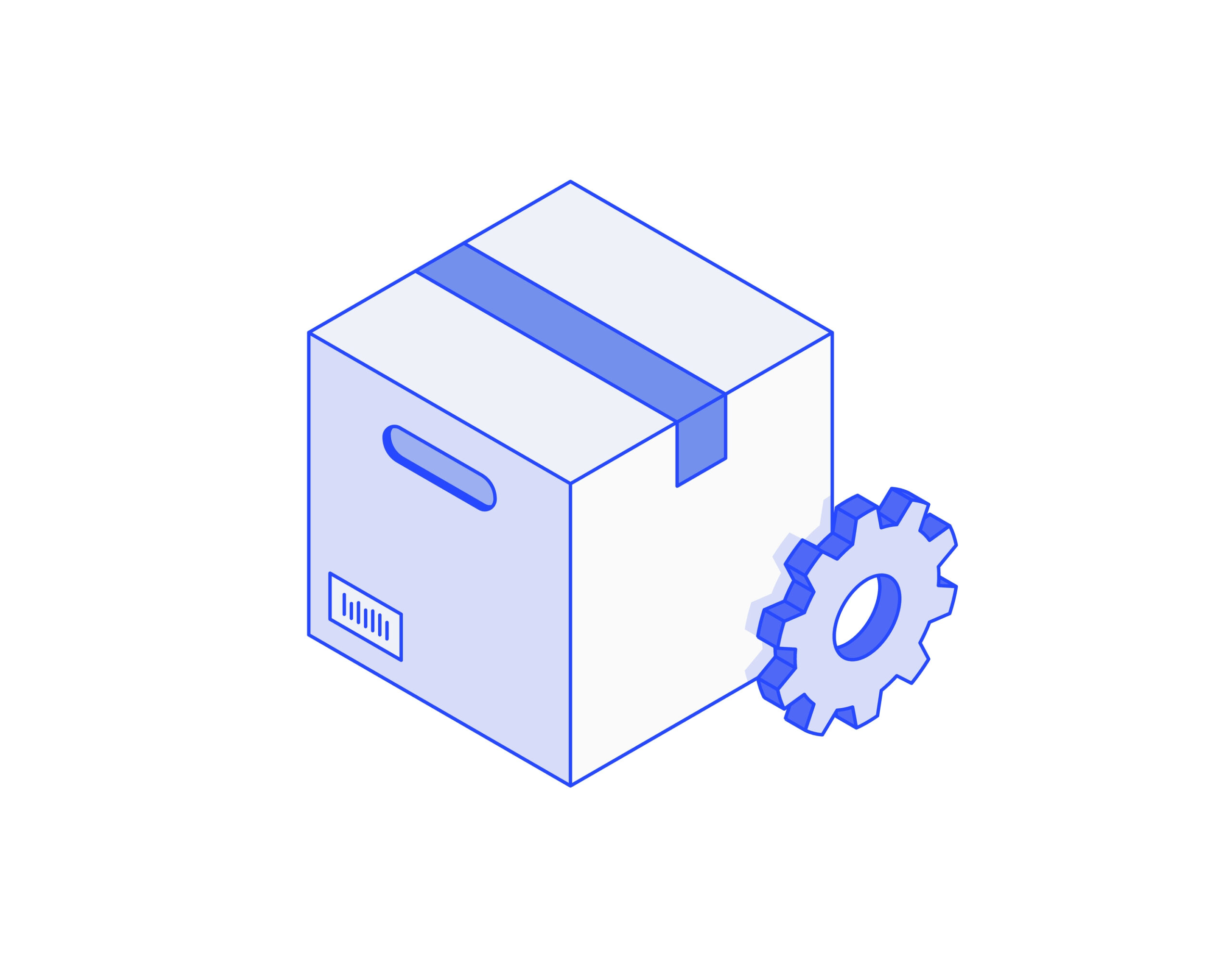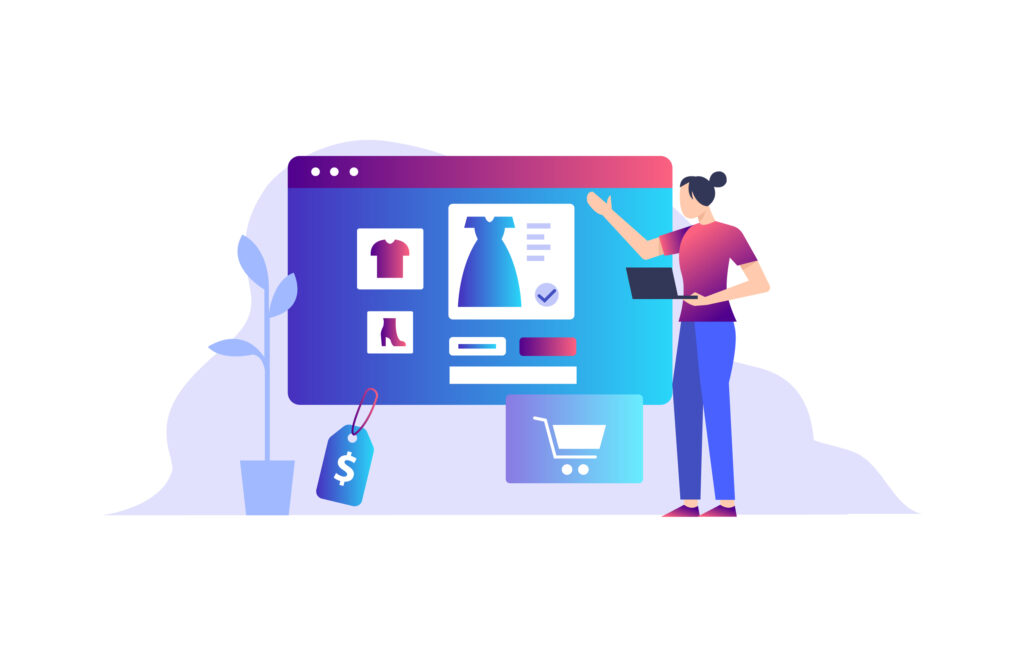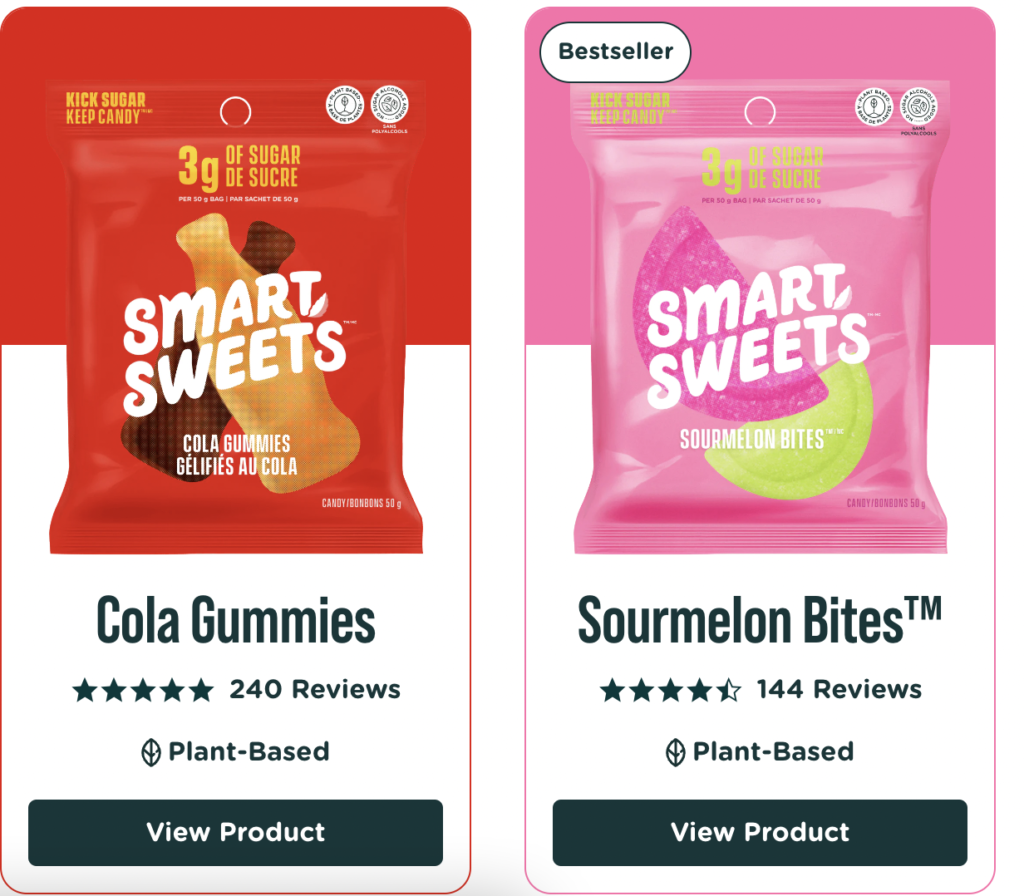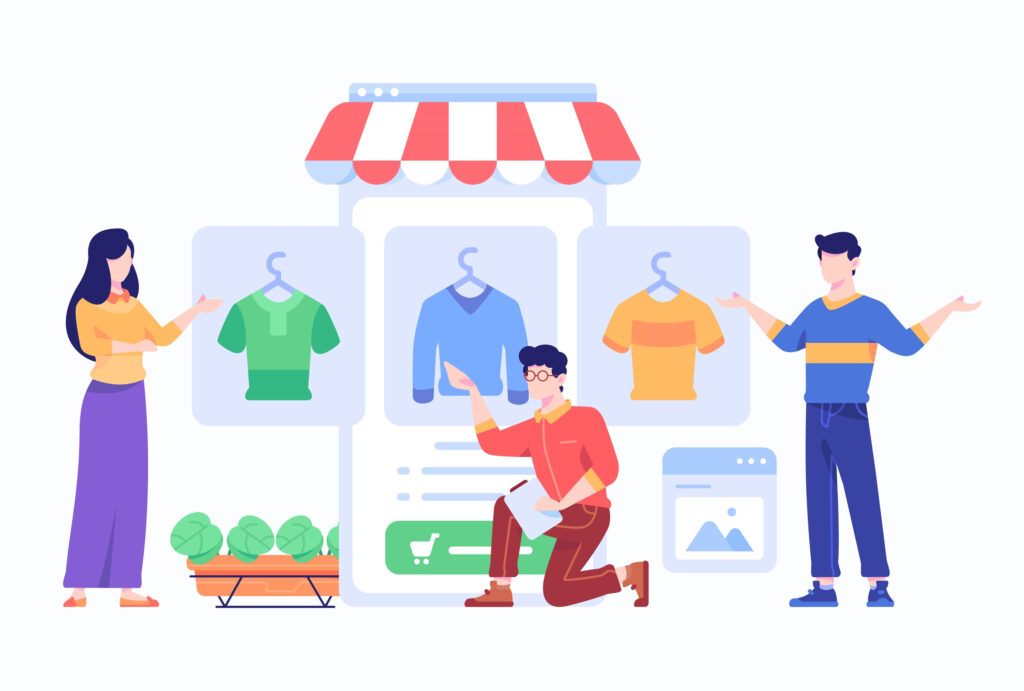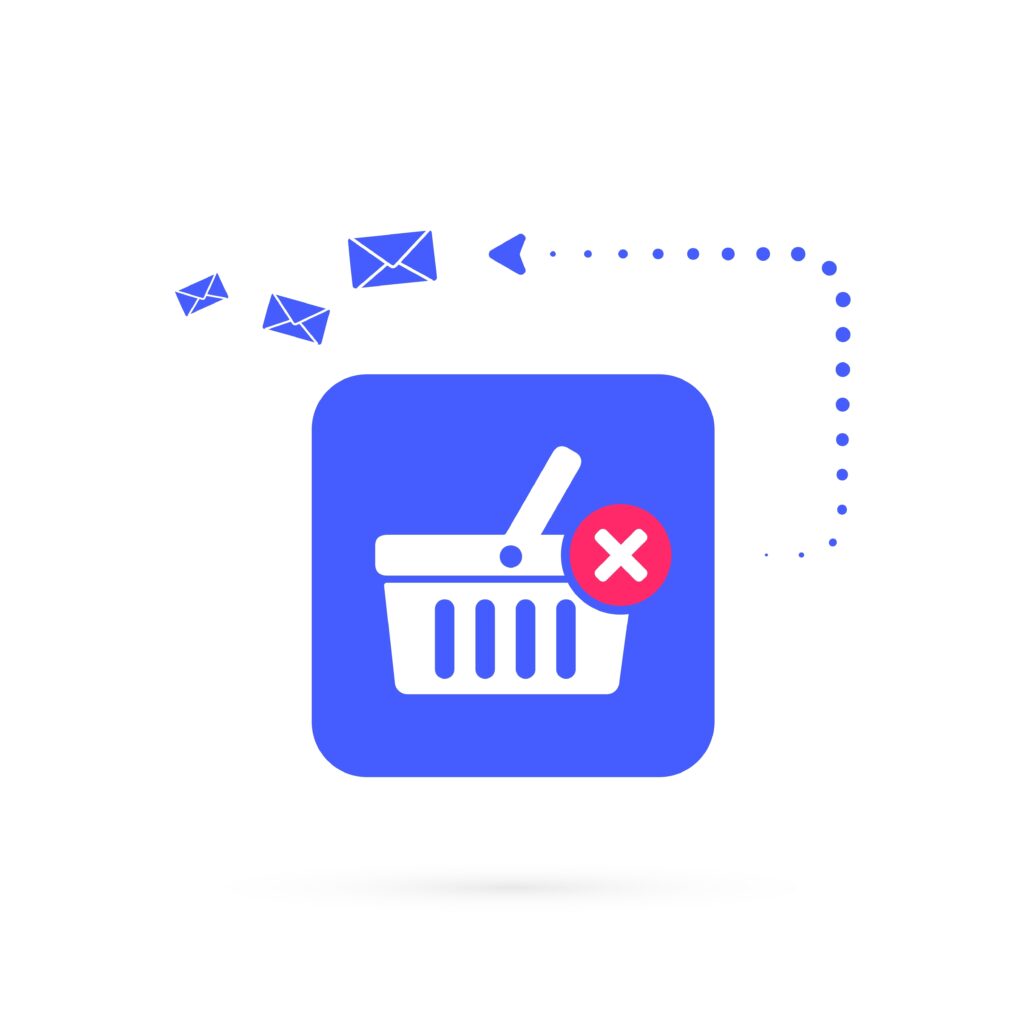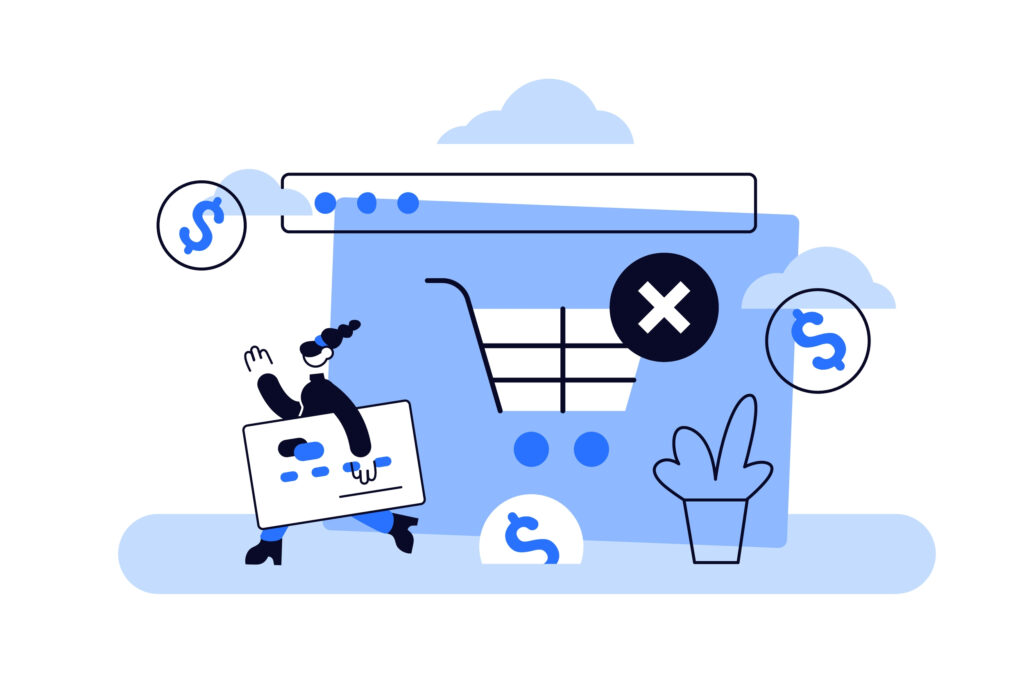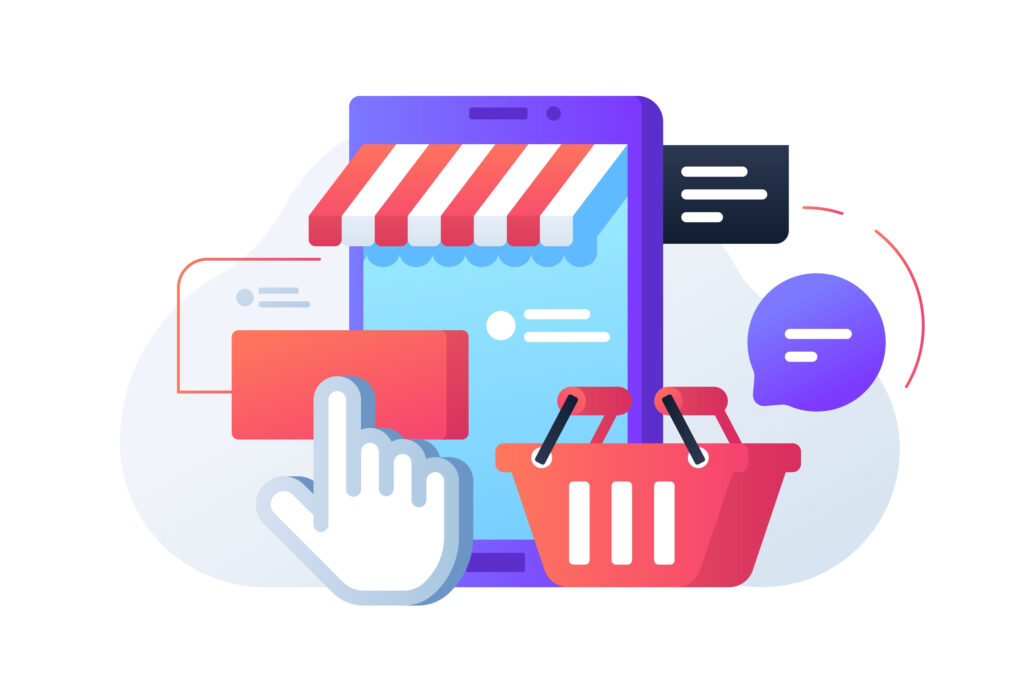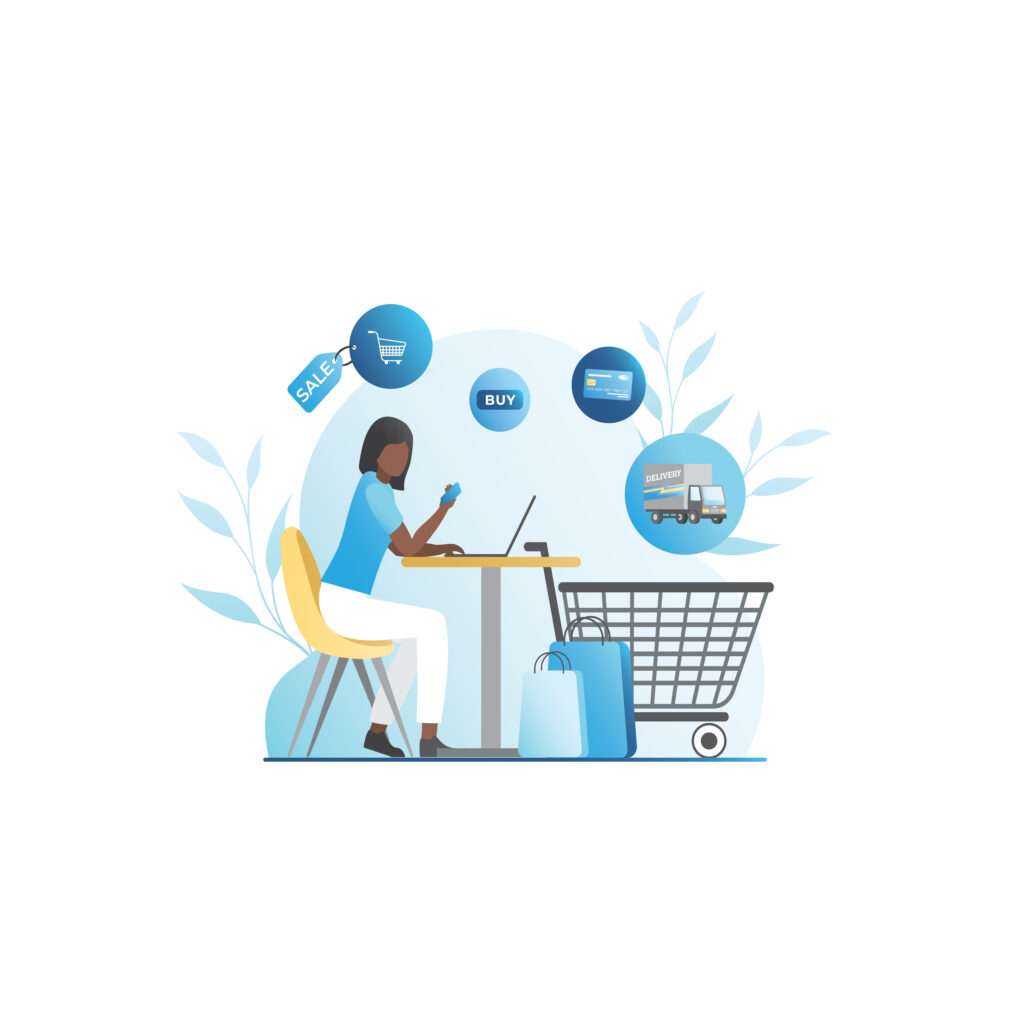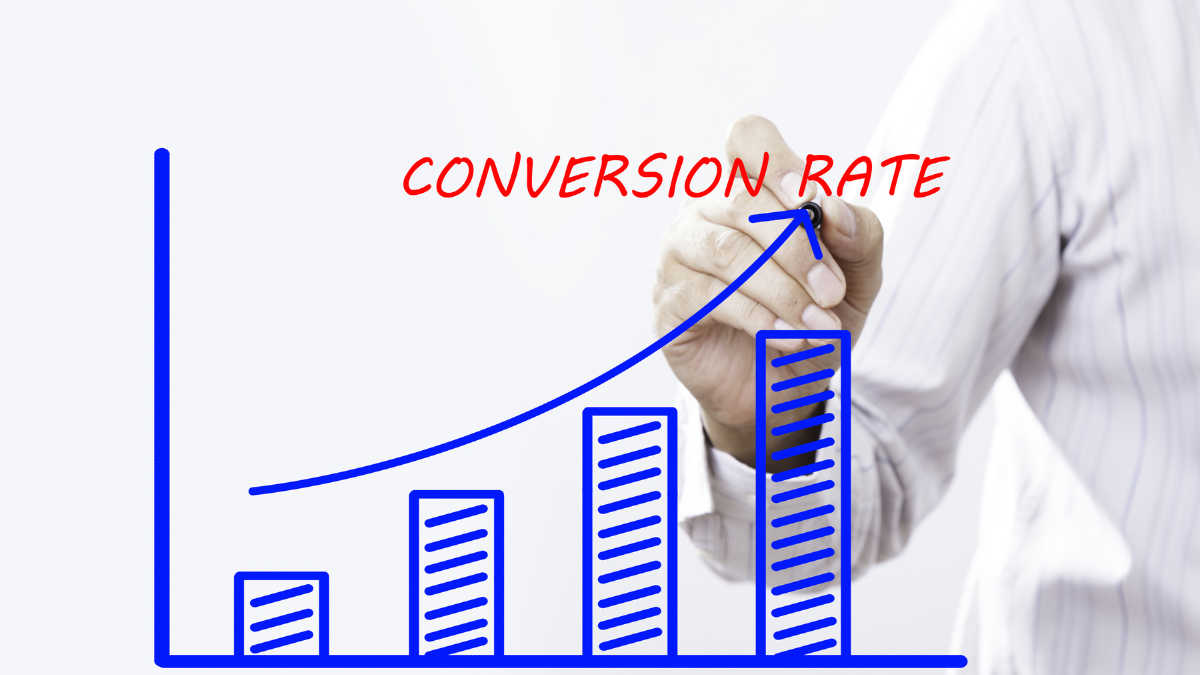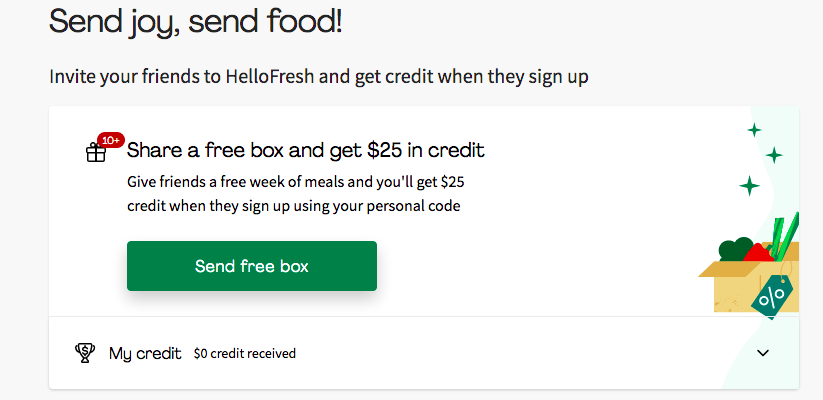CRM automation is about automating repetitive activities such as capturing and assigning leads and sending out emails; along with so many other things
As a business owner, you can decide what tasks are needed to automate for CRM and configure the automated workflow to save time
What is CRM automation?
It means a software application that automates repetitive tasks to improve productivity.
It can help all aspects of a business. Automating allows you to spend a lot of time on achieving broader strategic goals.
CRM systems that are automated will reduce complexity and increase productivity. Like automation in marketing, these systems can be implemented either stand-alone or embedded into an integrated CRM system.
CRM Automation: Key Functions You Should Know
The use of CRM automation has become increasingly popular in recent years, as it offers a range of benefits to businesses of all sizes.
Here are some of the key functions of CRM automation:
Data Collection and Management
One of the primary functions of automation is to collect, store, and manage customer data. This includes contact information, purchase history, preferences, and more.
With the help of automation, businesses can gather and organize this information more efficiently, reducing the likelihood of errors and inaccuracies.
Lead Management
It can also be used to manage leads more effectively. This involves tracking and analyzing customer interactions, such as website visits and social media engagement, to identify potential leads.
Automation can also be used to send personalized follow-up messages and track the progress of each lead through the sales funnel.

Customer Service and Support
CRM automation can also be used to enhance customer service and support. For example, businesses can use automation to send automated responses to customer inquiries, provide self-service options, and track customer interactions.
This can help businesses resolve issues more quickly and effectively, improving customer satisfaction and loyalty.
Workflow CRM Automation
Workflow automation refers to the use of technology to automate various business processes, such as order processing and invoicing.
With automation, businesses can streamline these processes, reducing the likelihood of errors and improving overall efficiency.
Personalization
With the help of automation, businesses can personalize their interactions with customers in a variety of ways.
This includes using customer data to personalize marketing messages, provide customized product recommendations, and deliver personalized customer service.
Analytics and Reporting
It can be used to generate detailed analytics and reports based on customer data.
This allows businesses to track their performance, identify areas for improvement, and make data-driven decisions that can drive growth and success.
For more information about analytics and reporting, check out our article “What is the difference between analytics and reporting?“.
Best practices for CRM automation
Define your objectives and processes
Before implementing any CRM automation, it is important to have a clear understanding of your objectives and processes.
Define the business goals and objectives that you want to achieve, and then identify the processes that you want to automate.
Keep it simple
While it is tempting to automate every task, it is important to keep it simple.
Start with automating one or two tasks and gradually increase the automation as you go. Over-automation can lead to confusion and inefficiencies.

Monitor and optimize CRM Automations
Regularly monitor the automated processes and workflows to ensure they are functioning as intended.
Continuously optimize the automation to ensure it aligns with your objectives and goals.
Ensure integration with other systems
CRM automation should be integrated with other systems like marketing automation, sales tools, customer service systems, etc.
This ensures a seamless flow of information across all systems, leading to improved efficiency and effectiveness.
Implementing CRM automation software
Automating and optimizing are key features for any business owner. Having things complex or doing tasks that can be automated is costing your business money and your time.
By using automation you can start implementing the software to take care of the tasks you no longer want to spend the time on.
Breadstack offers CRM Automation so you can continue to improve efficiency and allow yourself to scale. Contact us today to get started!
